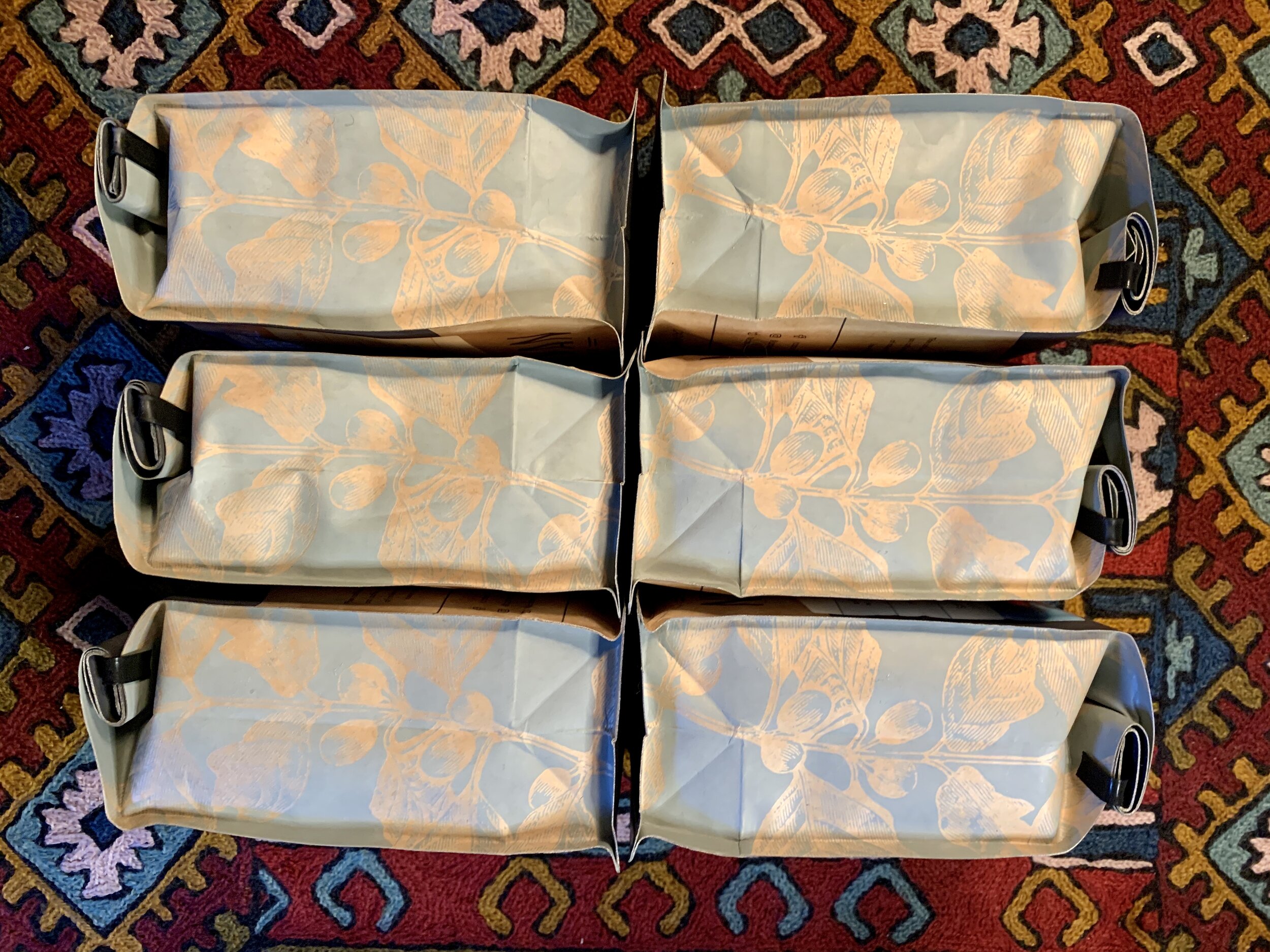When we open a bag of coffee - it smells great. So good in fact, that days and weeks later, you long for a new fresh bag of coffee. That’s because over days and weeks time oxygen has been hard at work infiltrating your beans, stealing away volatile aromas and complex compounds which should be dissolved and enjoyed in your brewed cup. But, oxygen stole them.
This oxidation process happens even faster when you pre-grind your coffee, leave the bag open, store beans in hot or damp conditions and place in clear containers where UV light penetrates the beans. In reverse, we can state the BEST PRACTICES for ensuring coffee freshness (and in turn tastiness!)
✓ Grind beans fresh each time.
✓ Close coffee bag to remove air and seal properly.
✓ Store coffee in a cool, dry, dark place.
When should I freeze my coffee?
The answer, it when you have too much. Freeze your excess coffee. Let’s pretend you have a vacation home and you only visit on occasion - freezing the remaining coffee, is much better than leaving it in the cupboard for months until your next holiday. What if, your favorite artisan coffee roaster sends you several bags of your favorite micro-lot single origin coffee - freeze the extra bags. If you love Christmas blend, then naturally you can only buy it once a year - freeze some to enjoy during the summer.
Freeze your excess coffee.
Let’s talk about the science of freezing real quick. Think water and ice. Water is a liquid because its particles are actively moving. Oxygen is moving in and out of liquid water. Ice on the other hand is solid - almost non-moving. Yes, frozen molecules move super super slowly. So, at best, oxygen can only bump up against the hard immovable bean shell.





